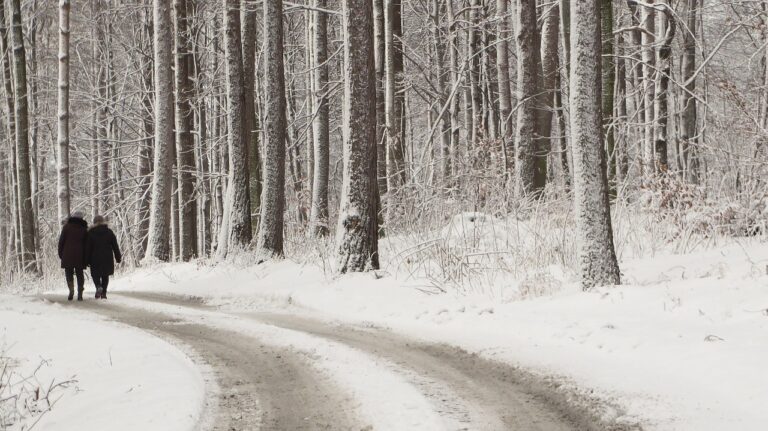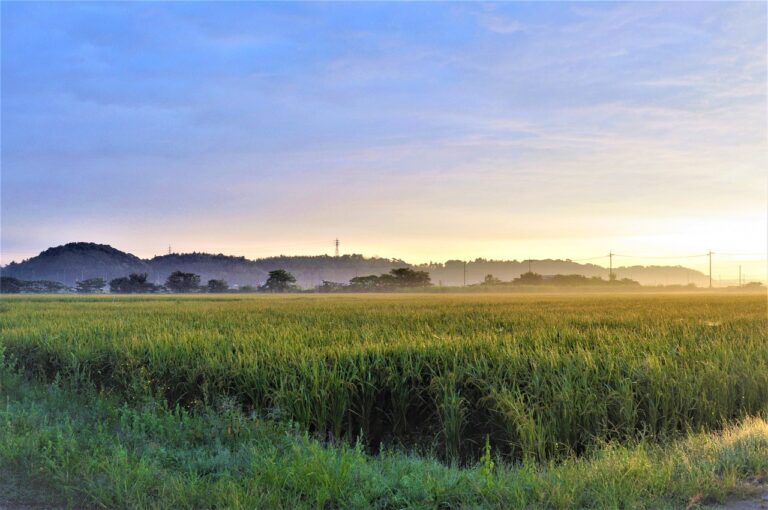The impact of wildlife rehabilitation tourism on conservation efforts
Wildlife rehabilitation tourism has become increasingly popular in recent years, with more and more people seeking out opportunities to interact with and learn about wild animals while supporting conservation efforts. This trend has sparked a debate among conservationists and animal welfare advocates about the potential impact of wildlife tourism on the animals themselves and their natural habitats. In this article, we will explore the various ways in which wildlife rehabilitation tourism can influence conservation efforts around the world.
The Rise of Wildlife Rehabilitation Tourism
Wildlife rehabilitation tourism involves visiting facilities that rescue, rehabilitate, and release injured or orphaned animals back into the wild. These facilities often provide educational programs, guided tours, and hands-on experiences that allow visitors to learn about the animals in their care and the challenges they face in the wild. Many wildlife rehabilitation centers also rely on tourism revenue to fund their conservation work, making it a vital source of income for the organization.
Positive Impacts of Wildlife Rehabilitation Tourism
One of the key benefits of wildlife rehabilitation tourism is its ability to raise awareness about conservation issues and inspire people to take action to protect wildlife and their habitats. By providing visitors with up-close encounters with wild animals, these facilities can help foster a greater appreciation for the natural world and the importance of preserving it for future generations.
Additionally, wildlife rehabilitation tourism can generate much-needed funding for conservation projects and research initiatives. Many facilities use the revenue from tourism activities to support their rehabilitation efforts, fund conservation programs, and contribute to local communities. In this way, wildlife tourism can have a direct impact on the conservation of endangered species and their habitats.
Negative Impacts of Wildlife Rehabilitation Tourism
Despite its benefits, wildlife rehabilitation tourism also has potential negative impacts on animals and their natural habitats. One concern is the risk of habituating wild animals to human presence, which can disrupt their natural behaviors and make them more vulnerable to poaching, predation, and other threats.
There is also the risk of unintentional harm to wildlife through the improper handling of animals by tourists or the spread of diseases between humans and animals. In some cases, wildlife tourism activities can also lead to increased stress and aggression among the animals, particularly if they are forced to interact with large numbers of visitors on a regular basis.
Best Practices for Sustainable Wildlife Rehabilitation Tourism
To minimize the negative impacts of wildlife rehabilitation tourism and ensure its long-term sustainability, there are several best practices that facilities can follow:
- Limit the number of visitors allowed on tours and ensure that interactions with animals are closely monitored and controlled.
- Provide educational programs that emphasize the importance of wildlife conservation and responsible tourism practices.
- Implement strict hygiene protocols to reduce the risk of disease transmission between humans and animals.
- Work with local communities to support conservation efforts and promote sustainable tourism practices that benefit both wildlife and people.
Conclusion
Wildlife rehabilitation tourism can play a valuable role in conservation efforts by raising awareness, generating funding, and supporting local communities. However, it is essential that these activities are carried out responsibly and ethically to ensure the well-being of the animals and the long-term sustainability of the environment. By following best practices and working collaboratively with stakeholders, wildlife rehabilitation facilities can help protect endangered species and their habitats for years to come.
FAQs
Q: What is wildlife rehabilitation tourism?
A: Wildlife rehabilitation tourism involves visiting facilities that rescue, rehabilitate, and release injured or orphaned animals back into the wild. These facilities often provide educational programs, guided tours, and hands-on experiences that allow visitors to learn about the animals in their care and the challenges they face in the wild.
Q: How can wildlife rehabilitation tourism support conservation efforts?
A: Wildlife rehabilitation tourism can raise awareness about conservation issues, inspire people to take action to protect wildlife and their habitats, and generate funding for conservation programs and research initiatives.
Q: What are some best practices for sustainable wildlife rehabilitation tourism?
A: Some best practices include limiting the number of visitors allowed on tours, providing educational programs on wildlife conservation, implementing strict hygiene protocols, and working with local communities to promote sustainable tourism practices.







